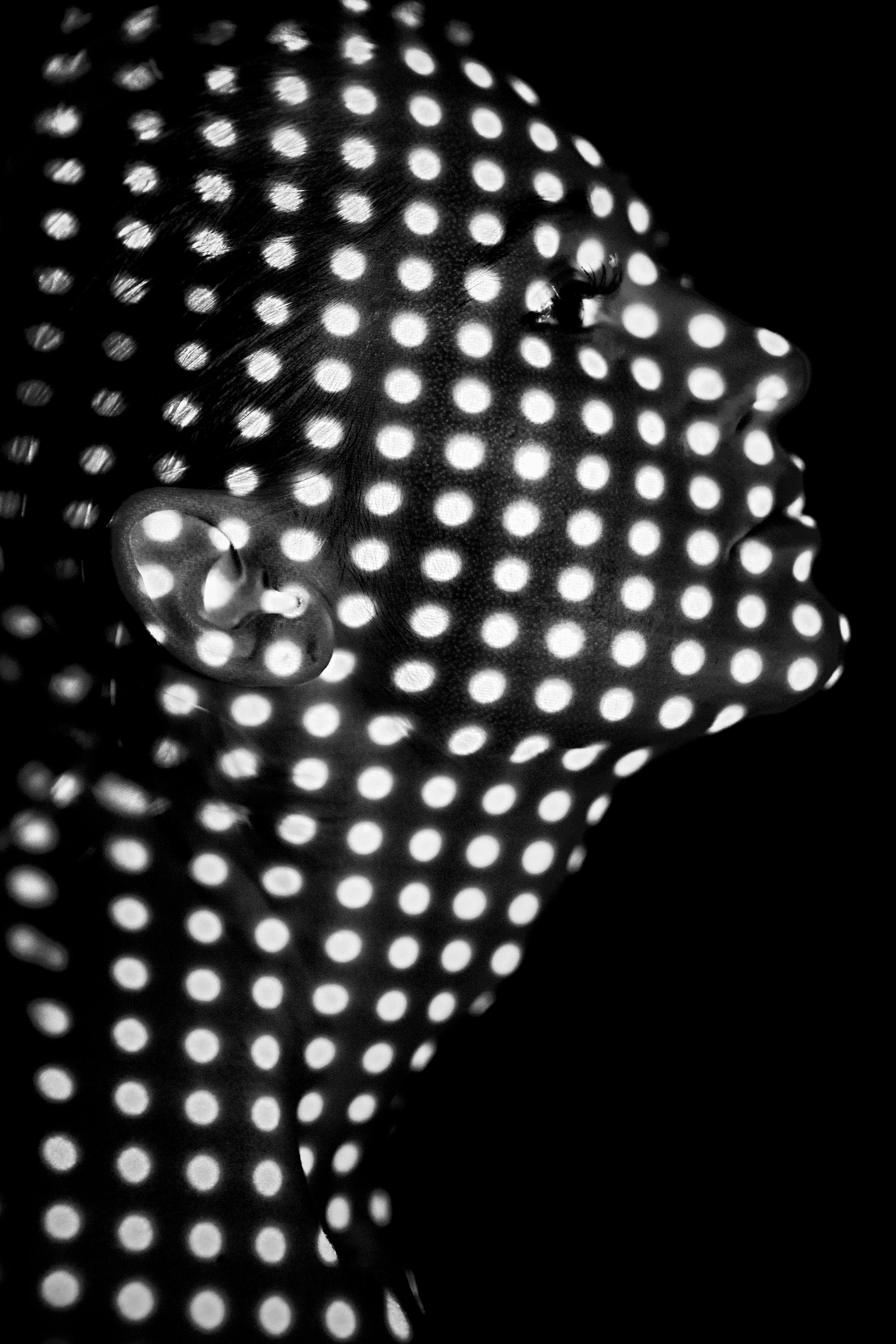Bridging Realms: The Proliferation of Virtual Reality in Contemporary Art
The art world is undergoing a quiet metamorphosis. Today, we stand at the precipice of a new era, where art is no longer confined to paintbrushes, canvases or even physical spaces. The advent of Virtual Reality (VR) technology has unleashed an exciting new medium of artistic expression that is challenging the conventional norms of art and its consumption.

VR’s Emergence in the Artistic Landscape
Virtual Reality, a technology once primarily associated with the gaming industry, has found its way into the realm of art. The roots of this intersection can be traced back to the 1960s, when artist Myron Krueger started experimenting with immersive environments. However, it wasn’t until the recent technological advancements in VR that the arts industry began to grasp its potential fully.
Today’s VR Art Scene
In recent years, the use of VR in art has skyrocketed. Notable artists, like Marina Abramović and Anish Kapoor, have embraced VR as a tool for creating immersive artworks. Concurrently, art institutions worldwide, from the Tate Modern to the Museum of Other Realities, have established VR exhibitions, allowing visitors to step into the artwork itself. These developments underscore the growing significance of VR in the contemporary art world.
The Impact and Reception of VR Art
The use of VR in art has expanded the boundaries of creative expression, offering a completely immersive and interactive experience. It’s a shift that has been met with both enthusiasm and skepticism. Supporters laud the technology’s ability to create more engaging, immersive, and inclusive art experiences. Critics, however, question whether the digital medium can evoke the same emotional response as traditional art forms.
The Future of VR in Art
Looking ahead, the potential of VR in the arts sector is immense. As technology advances, artists will continue to push the boundaries of what is possible, creating ever more immersive and interactive experiences. Meanwhile, as VR becomes more accessible, art lovers worldwide will have new opportunities to engage with artworks in unprecedented ways.
As we stand at the dawn of this new era, the only certainty is that the evolution of VR in art is just beginning. In the years to come, as artists, galleries, and museums continue to experiment and innovate with this technology, we can look forward to a future where art is not merely observed but experienced.




